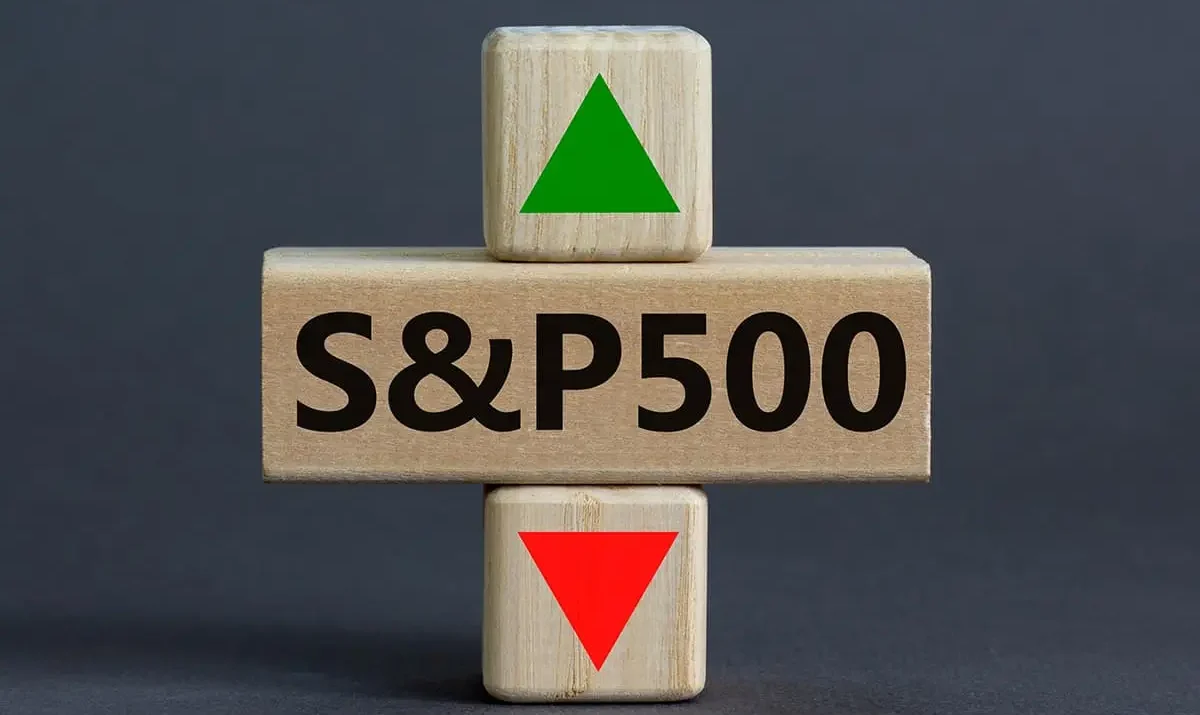The S&P 500 hit a record high this week, yet the excitement may be premature as some underlying market indicators suggest caution. This juxtaposition between the index’s performance and market fundamentals is a cause for scrutiny among investors and analysts.
- Surface Success with Underlying Concerns: While the S&P 500’s upward trend appears robust, the Relative Strength Index (RSI) shows a downward divergence, indicating potential weakening momentum despite the rising prices.
- Bullish Percent Index Divergence: The S&P 500 Bullish Percent Index, which indicates the percentage of stocks in bullish patterns, has decreased slightly, suggesting that fewer stocks drive the index’s overall gains.
- New Highs/New Lows Percent: The ratio of new highs to new lows in the index has declined, contradicting the new price highs and hinting at underlying weakness in market breadth.
- Nasdaq 100’s Performance Lag: Unlike the S&P 500, the Nasdaq 100 has not reached new highs, indicating sector-specific challenges, particularly in big-cap tech and social media stocks that previously propelled market gains.
- Advance/Decline Line Stagnation: The NYSE Advance/Decline line, a measure of market breadth, did not surpass its previous peaks during the S&P 500’s rise, raising questions about the breadth and durability of this rally.
This analysis suggests that while the S&P 500’s new highs paint a picture of strength, deeper market indicators reveal potential vulnerabilities. Investors should consider these divergences as they may signal a more complex market dynamic, potentially impacting the sustainability of the current bull run.
The original news is here:










